Payments have quietly moved from the back office to the front lines of business. They shape customer experiences, drive revenue, and determine how fast a company can grow. At the centre of this shift is the payment facilitator (PayFac), a model that enables businesses to take control of their payments.
Now, an even simpler path has emerged: PayFac as a Service (PFaaS). It gives companies the power of a PayFac without the heavy lifting of building everything in-house. So, what is a PayFac? How do you become a PayFac? And is PFaaS a better option?
Let's break it all down.
What is a payment facilitator (PayFac)?
A payment facilitator (PayFac) is a licensed entity that allows businesses to accept online payments without opening their own merchant accounts with banks or card networks. The PayFac holds a master merchant account and onboards multiple sub-merchants under it.
Becoming a payment facilitator means you're taking ownership of the payment experience. Instead of sending your users elsewhere to handle payments, you're bringing that capability in-house while someone else handles the regulatory and technical complexity.
Payment facilitation services include:
- Merchant underwriting and onboarding
- Compliance with card networks and regulators
- Fraud monitoring and chargeback handling
- Transaction processing and settlement
Payment facilitator vs aggregator: are they the same?
From a merchant's perspective, both models make it easier to start accepting payments. The key distinction is in how transactions are structured: a payment facilitator (PayFac) gives each sub-merchant their own merchant ID (MID), while a payment aggregator routes all transactions through a single shared MID.
What is PayFac as a Service (PFaaS)?
PayFac as a Service (PFaaS) is a model that provides businesses with the benefits of being a PayFac without requiring them to become one. Instead of building compliance, licensing, and infrastructure in-house, you partner with a provider that already has it. Think of it as 'renting' a payment platform rather than building one from scratch.
PFaaS is a shortcut to becoming a PayFac, enabling SaaS providers, marketplaces, and vertical software platforms to offer payment facilitation as part of their value proposition.
How PayFac and PayFac as a service work
At their core, both models achieve the same outcome: enabling businesses to easily accept payments. But the mechanics differ.
- PayFac model: The company registers directly as a PayFac, partners with an acquirer, builds its own compliance processes, and assumes financial risk. It has complete control but also full responsibility.
- PFaaS model: the company partners with a provider offering payment facilitation as a service. It plugs into an existing infrastructure, usually via API, and acts like a PayFac for its merchants almost immediately.
.jpg)
For most SaaS platforms, PFaaS enables them to start offering payments quickly, retain users within their product, and earn money from every transaction.
Is payment facilitation as a service relevant in 2025?
Embedded payments – the integration of payment functionality within software platforms – are reshaping how businesses monetise their products. Instead of sending users to third-party gateways, platforms can now own the whole payment experience inside their app. This is exactly what PFaaS enables.
Here’s why this trend is only accelerating:
.jpg)
PayFac as a Service offers the fastest and most reliable route to embedding payments without building complex infrastructure from scratch. Modern fintech APIs make it easy for even non-bank platforms to add financial features. This reduced barrier to entry is driving rapid adoption and growth.
The benefits of PayFac as a Service
Benefits for software providers and SaaS platforms
- Faster go-to-market. With PFaaS, platforms can embed payment capabilities in 4-8 months, eliminating the 12–24 month timeline of becoming a full PayFac.
- New revenue streams. Every transaction processed through the platform generates income. PFaaS turns payments into a profit centre, not just an add-on feature.
- Customer stickiness. When payments are built directly into the platform, customers are less likely to switch. This improves retention and lifetime value.
- Scalability. Providers can expand into new geographies using the PFaaS partner's existing infrastructure.
Benefits for end-users
- Instant onboarding. Merchants can be verified and start accepting payments almost immediately.
- Simplified compliance. KYC, AML, and card network rules are handled by the PFaaS provider, reducing paperwork and delays.
- Access to diverse payment methods. Cards, alternative payment methods, digital wallets, and cryptocurrencies can be offered through one platform.
- Faster settlements. PFaaS models often provide quicker payout cycles, supporting better cash flow for merchants.
- Unified experience. Reporting, analytics, and support are delivered through the platform they already use, keeping everything in one place.
PayFac vs. PFaaS: what's right for you?
Let's compare two approaches.
| Aspect | Becoming a PayFac | Using PFaaS |
|---|---|---|
| Setup time | 12-24 months | 4-8 months |
| Cost | $500k + upfront | Low/variable |
| Compliance | Full responsibility | Provider handles |
| Risk | PayFac assumes liability | Shared with provider |
| Brand control | Full | High, sometimes co-branded |
| Revenue share | 100% of margin | Shared with provider |
| Scalability | Resource-heavy | Built-in, managed by provider |
Choose PayFac if payments are core to your business model, you process large volumes, and you can invest heavily in compliance and infrastructure.
Choose PFaaS if you want to move fast, minimise risk, and add payments as a growth lever without becoming a payment company.

In making your decision, consider the following questions:
- Can we meet our goals by partnering, or do we need full control?
- Do we have the expertise and capital to handle compliance and risk internally?
- How important is owning the customer's payment relationship and data for us? (Remember, even with PFaaS, you still get data and monetisation, just not total ownership.)
- What is the opportunity cost of focusing on payments vs. our core product development?
.jpg)
What to look for in a PayFac as a Service provider?
Not all PFaaS providers are created equal. Here are the key factors to evaluate:
- Regulatory expertise and coverage. Ensure the provider is licensed and compliant in the regions you operate. International expansion? Look for multi-region coverage.
- Ease of integration. APIs and SDKs should be developer-friendly. The quicker you can integrate, the faster you can launch.
- Branding flexibility. Can you keep payments under your own brand, or will the provider's branding show through? White-label options give you more control.
- Revenue share models. Understand how fees are split. Look for transparency to maximise your margins.
- Risk management tools. A strong PFaaS provider should handle fraud, chargebacks, and compliance in the background.
- Support and partnership. Payments are critical to your customers' businesses. A provider should offer responsive support, not just technology.
The best PFaaS partner acts as an extension of your business, not just a vendor.
How to integrate PayFac as a Service?
Integrating PayFac as a Service is easier than it might sound, but it helps to think of the process in three layers: technical, operational, and commercial.
On the technical side, integration usually happens through APIs or SDKs. This is where you connect your platform to the provider, embed onboarding flows for your merchants, and build in checkout forms or reporting dashboards.
The next layer is operational setup. Here, you'll decide how payments will appear to your users – whether under your own brand through a white-label model or co-branded with the provider. It also means aligning customer support processes so merchants know where to turn with questions, and making sure your internal teams are comfortable with the basics of payments.
Finally, there's commercial alignment. This is where you define your pricing and revenue-sharing model and plan how you'll communicate the new payment offering to your customer base.

What’s the future of PayFacs?
The next chapter for PayFacs is all about scale, speed, and smarter services. More software platforms are leaning on PayFac as a Service to add payments without the heavy lift of becoming full PayFacs themselves. Providers, in turn, are upping their game with AI-driven risk tools, faster merchant onboarding and underwriting.
The model is moving well beyond card acceptance. PayFacs are becoming financial hubs, layering in lending, banking, and even insurance to create one-stop solutions for the businesses they serve. We’re also seeing a push toward industry-specific solutions. Think healthcare, construction, or real estate – PFaaS providers are tailoring their services to meet the unique needs of each sector.
Meanwhile, the market is buzzing. Giants like Stripe, Adyen, and Square are expanding globally, challengers are launching at record speed with PFaaS, and traditional banks are snapping up fintechs to keep pace. With competition heating up, the market may also see consolidation, as larger players scoop up innovative startups to strengthen their offerings and defend market share.
One thing that won’t change? The focus on security. With fraud on the rise and stricter rules like PCI DSS 4.0 and PSD3, providers are investing heavily in keeping merchants and their customers safe.
Key takeaways
- PayFacs transform payments from a back-office task into a growth engine. They let businesses control the payment experience, improve customer journeys, and generate new revenue.
- PayFac-as-a-Service is the fastest path to embedded payments. Instead of building costly compliance and infrastructure, platforms can "plug in" and launch payments in months, not years.
- PFaaS benefits both platforms and their users. Software providers gain speed, revenue, and customer stickiness, while merchants enjoy instant onboarding, simpler compliance, and faster settlements.
- Most platforms start with PFaaS, then evolve. Many use it to learn their users' payment needs and test the revenue model – only considering full PayFac status once they've scaled significantly.



.jpg)
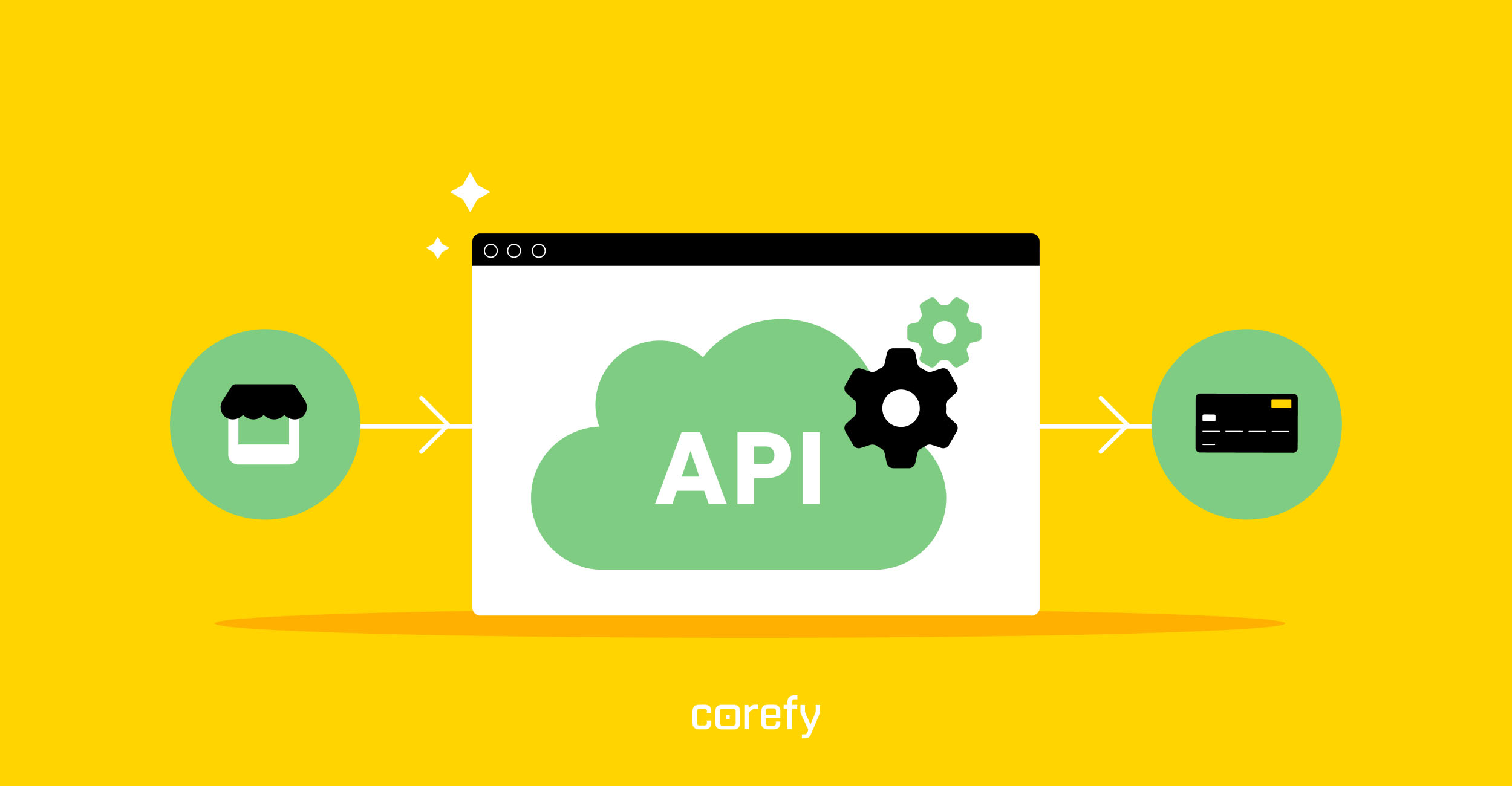
.jpg)
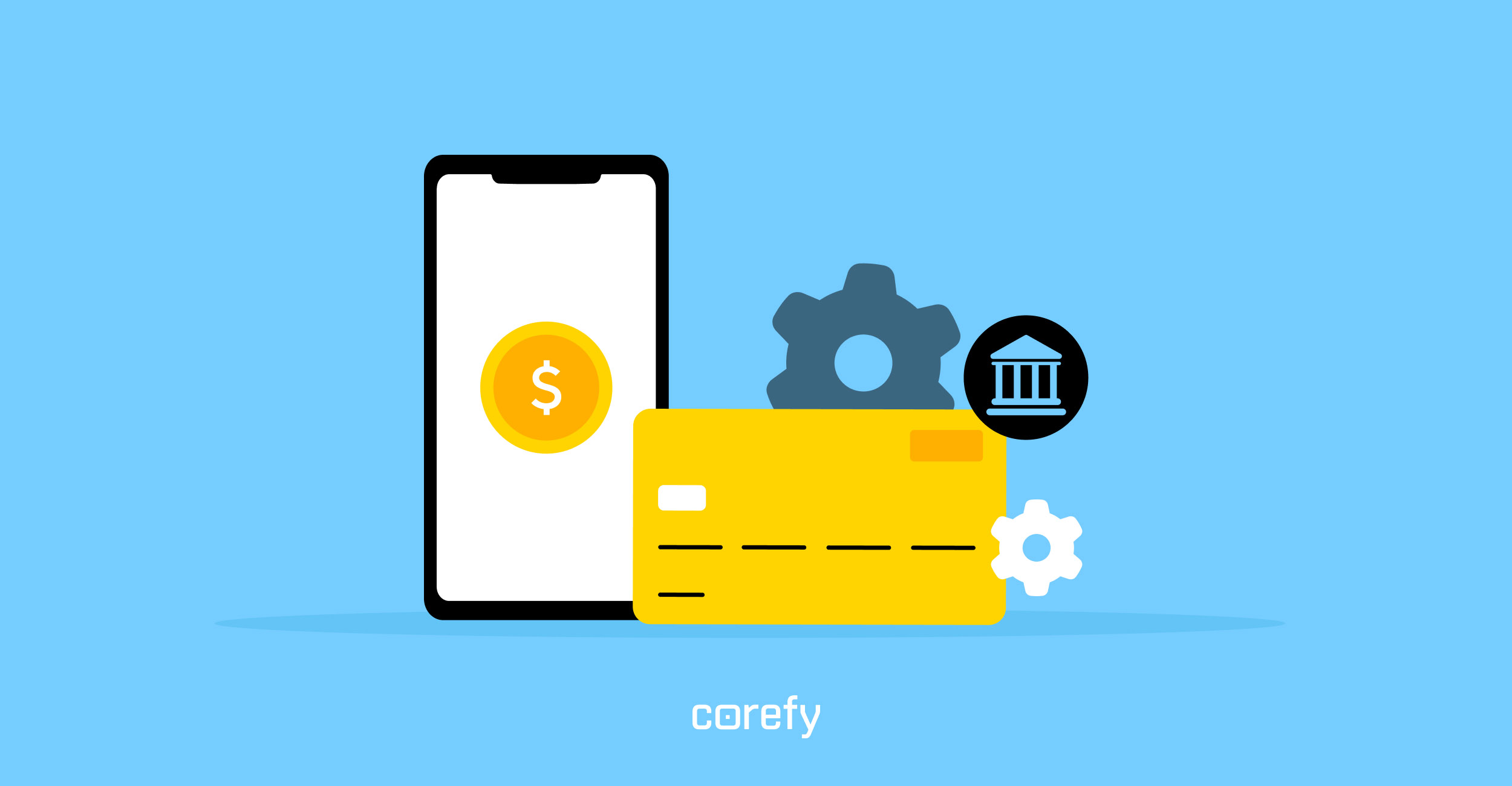
.jpg)
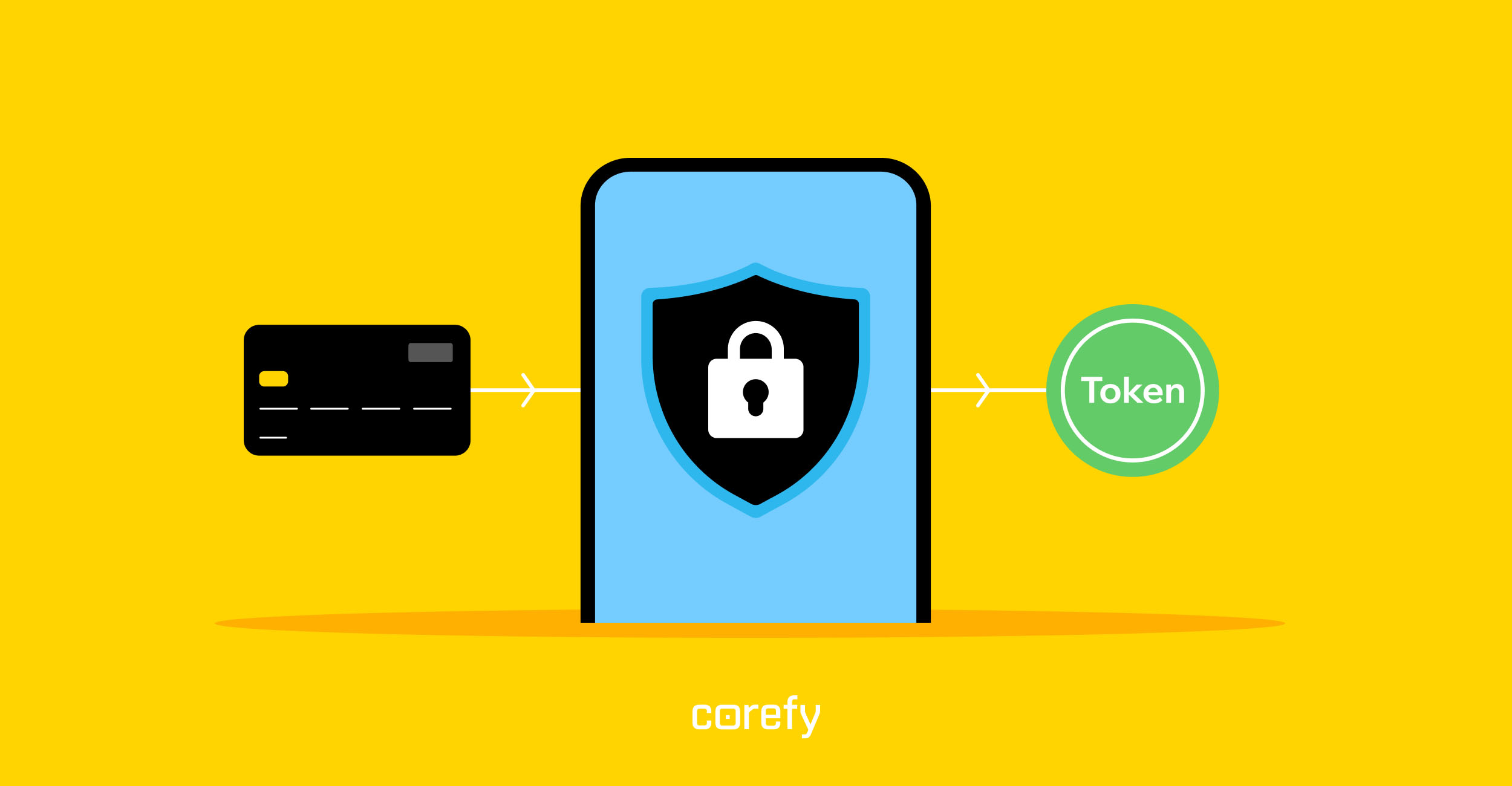
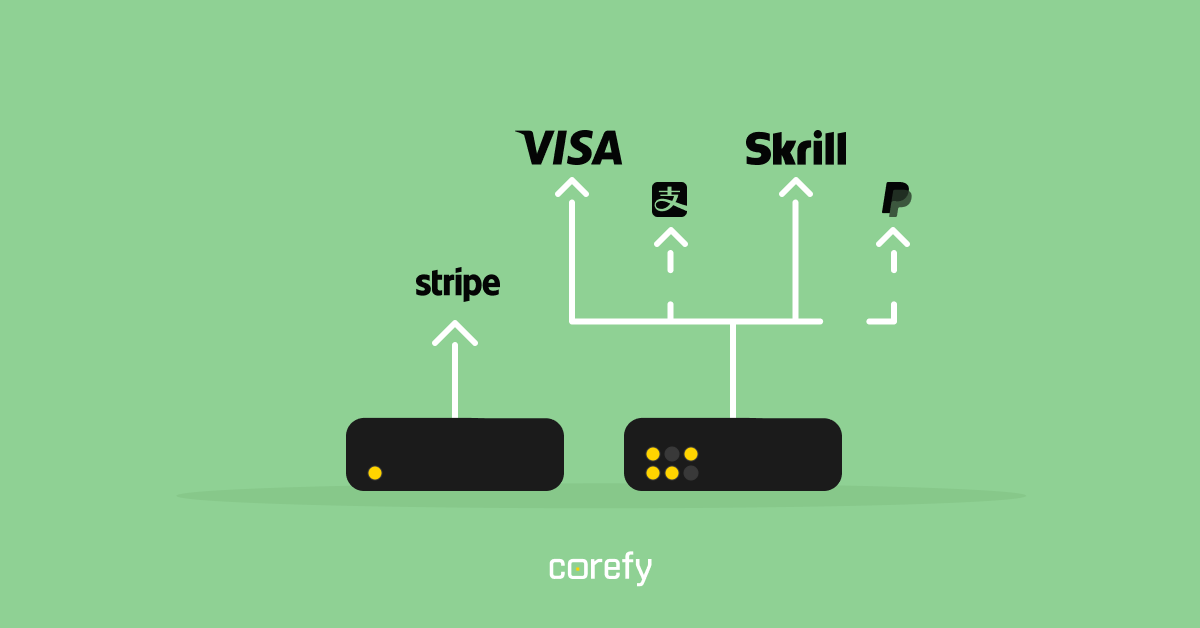
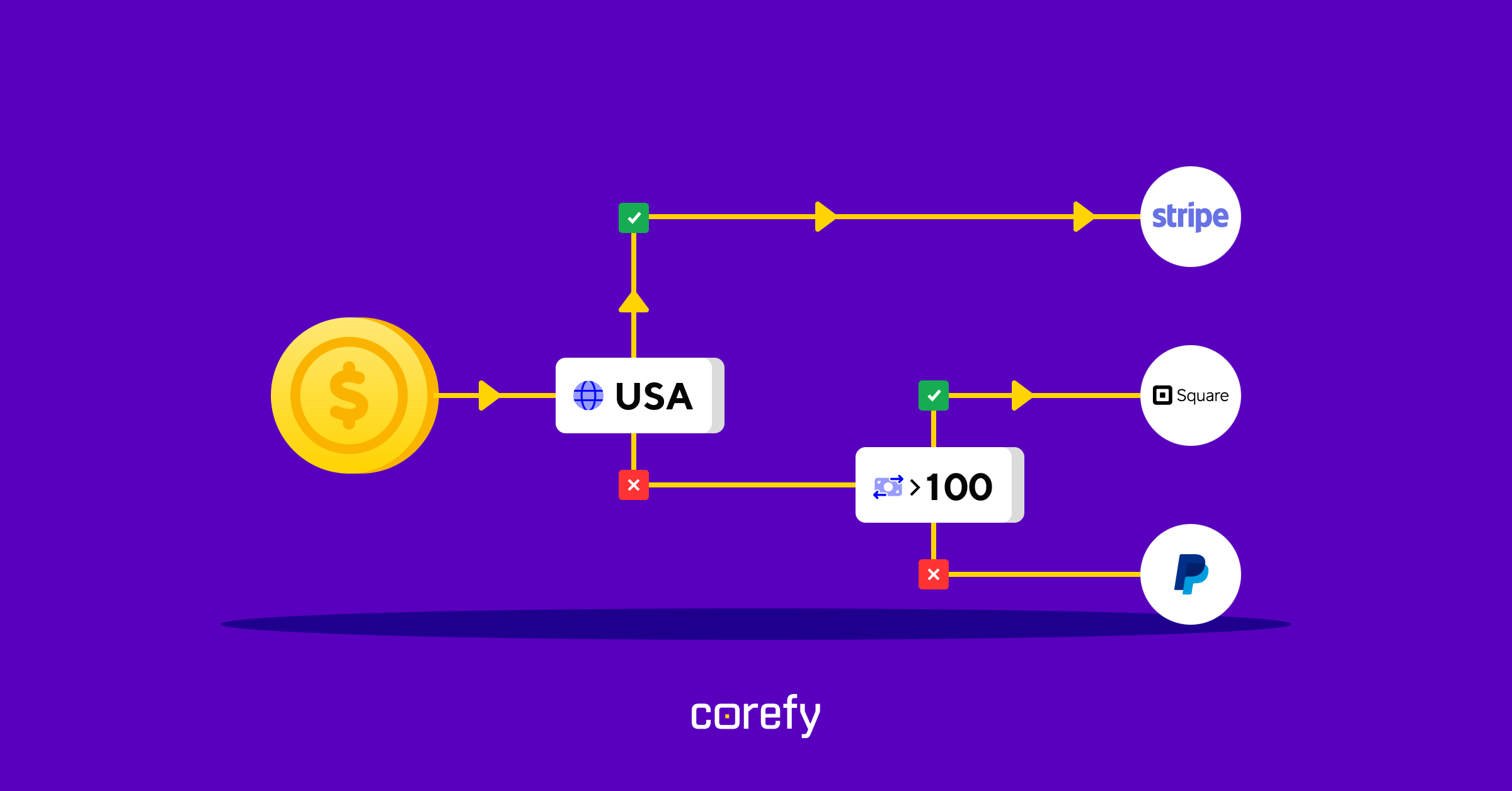
.jpg)
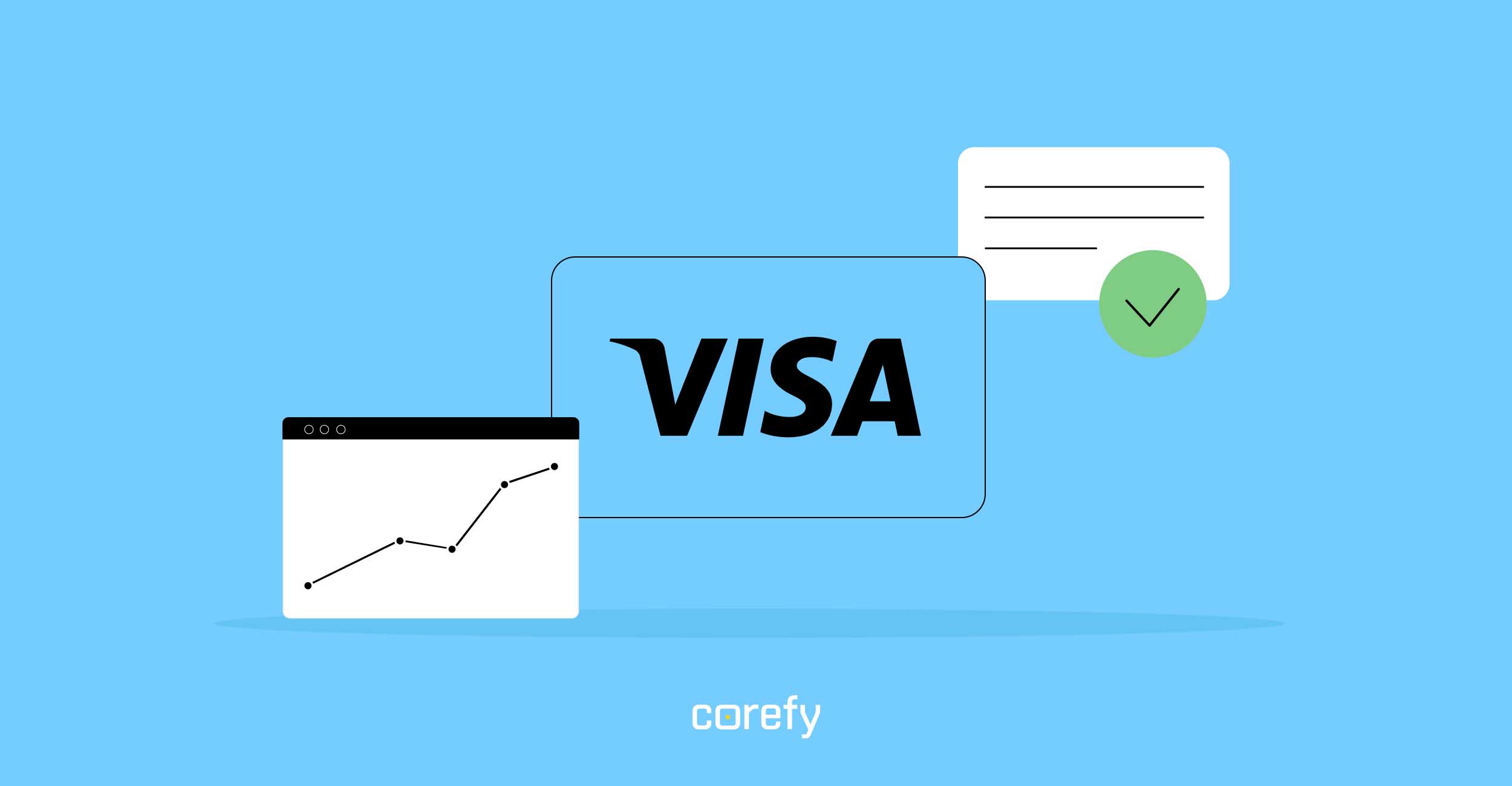
.jpg)